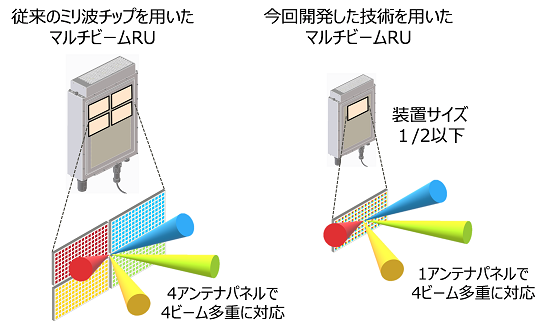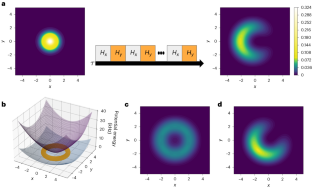2023-08-24 スイス連邦工科大学ローザンヌ校(EPFL)
◆この進展は環境にやさしい経済と持続可能な未来に寄与する可能性があります。熱電デバイスは廃熱を電力に変換する有望技術で、輸送や発電所などの産業で注目されています。しかし、熱伝導の基本理論不足が効率向上を妨げており、計算物理学を活用した新モデルが、熱電材料の振る舞いと熱伝導を解明。新しいモデルは、低熱伝導率材料の設計を高コストの試験なしで可能にし、エネルギー効率の高い経済の実現に近づける可能性があります。
<関連情報>
- https://actu.epfl.ch/news/computational-model-paves-the-way-for-more-effic-2/
- https://journals.aps.org/prresearch/abstract/10.1103/PhysRevResearch.5.033125
熱電スクッテルダイトにおけるボルツマン熱輸送からウィグナー熱輸送へのクロスオーバー Crossover from Boltzmann to Wigner thermal transport in thermoelectric skutterudites
Enrico Di Lucente, Michele Simoncelli, and Nicola Marzari
Physical Review Research Published 23 August 2023
DOI:https://doi.org/10.1103/PhysRevResearch.5.033125
ABSTRACT
Skutterudites are crystals with a cagelike structure that can be augmented with filler atoms (“rattlers”), usually leading to a reduction in thermal conductivity that can be exploited for thermoelectric applications. Here, we leverage the recently introduced Wigner formulation of thermal transport to elucidate the microscopic physics underlying heat conduction in skutterudites, showing that filler atoms can drive a crossover from the Boltzmann to the Wigner regimes of thermal transport, i.e., from particlelike conduction to wavelike tunneling. At temperatures where the thermoelectric efficiency of skutterudites is largest, wavelike tunneling can become comparable to particlelike propagation. We define a Boltzmann deviation descriptor able to differentiate the two regimes and relate the competition between the two mechanisms to the materials’ chemistry, providing a design strategy to select rattlers and identify optimal compositions for thermoelectric applications.



